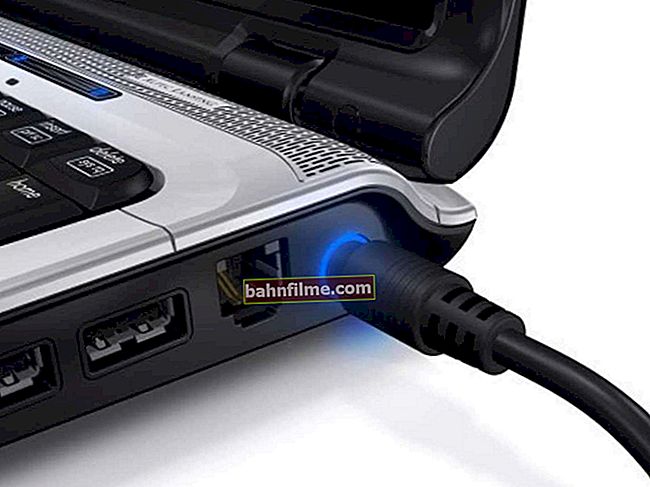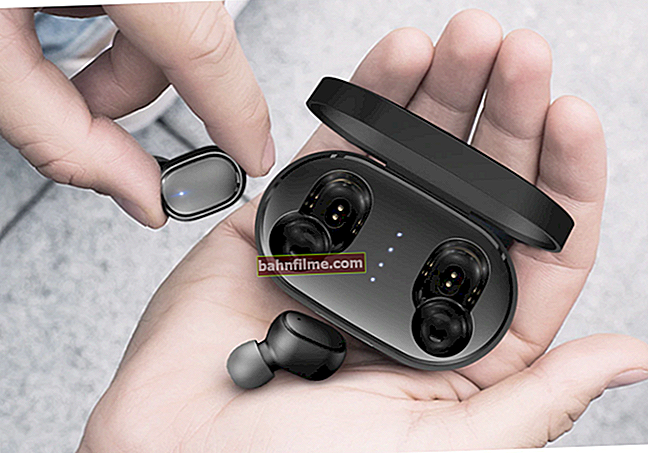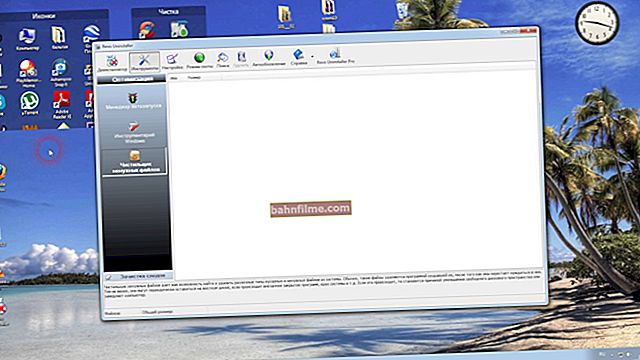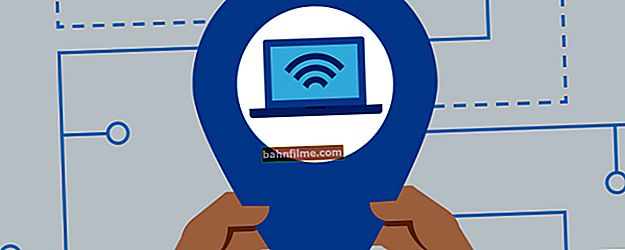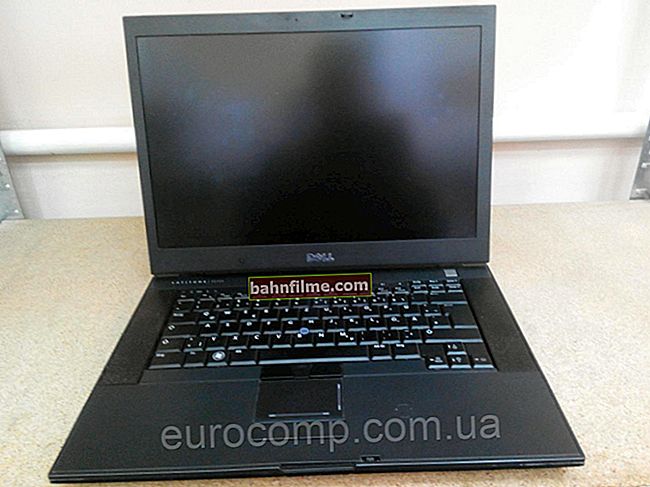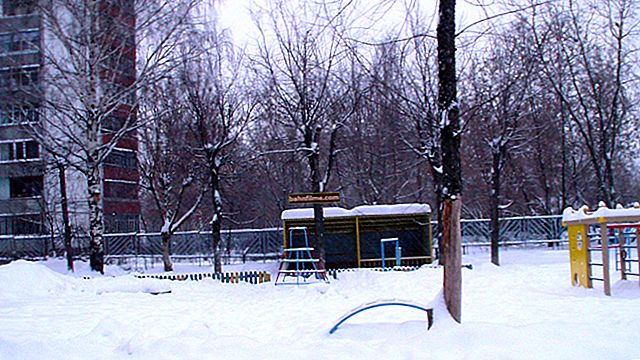 Good day!
Good day!
Perhaps most of the questions I get on laptops are related to setting up a Wi-Fi network (more precisely, why Wi-Fi does not work ☝).
This can happen for various reasons, most often associated with installing new equipment, reinstalling Windows, changing some settings, etc.
In this article, I want to touch on all the most basic reasons why a laptop may not connect and not see a Wi-Fi network.
Before inviting a wizard to fix the problem (and spend money), I think that you should at least try to figure it out on your own - go over the problems below, diagnose the cause, and eliminate it ... 👌
*
Reasons why the laptop won't connect to Wi-Fi
First aid: where to start
Diagnosing problems from Windows
First of all, in case of problems with the network, I want to recommend that you conduct diagnostics , which is built into Windows (this applies to those who work in modern OS Windows 8, 8.1, 10).
The diagnostic wizard is smart enough, and it automatically removes many program errors and failures. I will give below a couple of ways how you can to run this diagnostics...👌
Option 1
Just right click on the network icon - and then select from the context menu "Troubleshooting" ... Then follow the instructions of the wizard.
and then select from the context menu "Troubleshooting" ... Then follow the instructions of the wizard.

Troubleshooting
Option 2
Also right-click on the icon - only open "Network and Sharing Center" , or call the menu "Open" - buttons WIN + R, and enter the commandncpa.cpl.

View network connections
Note: if you opened the "Network and Sharing Center", then on the left click the link "Change adapter settings" (arrow-1 on the screenshot below 👇).
Next, you need to select a wireless network (perhaps it will be called in English - then look for the word "Wireless"), right-click on it, and start diagnostics (see the screenshot below 👇).

Wireless Diagnostics
After that, it will start diagnostic wizard, which will independently recheck the settings and parameters, correct errors, and reboot the wireless network adapter.
In many cases, this simple procedure can quickly restore network operation and save you tons of time!

Diagnostics completed successfully: problem with wireless adapter or access point - FIXED!
Restarting your computer and router
The second thing I recommend doing is restarting the router and laptop (computer).
The fact is that in many cases all sorts of errors occur and the Wi-Fi connection breaks, and the router does not restore it (although, in theory, it should ...).
This, for example, can be - if the light blinks, the provider's Internet disappears, the router reboots due to the high load (note: many Chinese inexpensive models break the connection at a high download speed - if you limit it, it works as expected, the connection is stable and constant) ...
In general, a simple procedure such as a reboot helps fix this.
*
Does the Wi-Fi adapter work on the laptop
The point is that the Wi-Fi adapter (receiver on the laptop) may be working, but off.
Many laptop models even have a special LED that signals the operation of the wireless adapter - if everything is in order with it, the LED should be on!

LED on laptop case
In different laptop models Wi-Fi adapter turns on differently:
- the most common option is to use function keys, for example Fn + F2 (as in the photo below). The keyboard shortcut depends on the device model - look for the one that shows the wireless network (you can also see the documentation for the device ☝);
- some laptops have a special Wi-Fi enable button (for example, on a number of Lenovo devices it is located on the side or above the keyboard, next to the power / power button of the laptop);
- sometimes there may be no keys on either the keyboard or the case of the device. Then you need to enable the adapter through the Windows capabilities (more on this below 👇).

Fn + F2 - buttons to turn on Wi-Fi
Network Connections: Testing the Wireless Network Adapter
The wireless adapter can be turned off / on using the network connections section in Windows. To open this settings tab, you need:
- to push Win + R;
- in the line open enter the command ncpa.cpl and press Enter.

ncpa.cpl - view all network connections / Actual for Windows 7, 8, 10
Next, pay attention to the icon that says "Wireless network" (or Wireless Network Adapter, if called in English).
If the icon colorless (black-white) - means you have a network off.
To enable it, just click on the icon with the right mouse button, and in the context menu that appears, select the item "Enable" (as in the screenshot below 👇).

Turning on the wireless network
Sometimes, this method does not help to enable the adapter, then one more tip below ...
Check: is the device involved in the device manager
You can also enable the wireless network adapter in the device manager (sometimes, without this, it is generally impossible to use it at all).
To open the device manager, you need:
- to push Win + R;
- in line open write devmgmt.msc and press Enter.

How to open Device Manager / relevant for Windows 7, 8, 10
In Device Manager, open the tab "Network adapters" , and in it find your device (in my case, it's Dell Wireless ...). Then, by right-clicking on the device, activate it (i.e. turn it on).

Enable wireless adapter
Note: if in the tab "Network adapters" If you do not have a wireless adapter, then most likely you have a problem with the driver (look at the "Other devices" tab - it may contain unknown devices with an exclamation mark next to them. This means that there is no driver for these devices).
*
Are there drivers? Check and update
When installing Windows, drivers for Wi-Fi are not always installed (of course, Windows 10 supports a lot of hardware, but not all, especially since Windows 7 ...).
To check if you have drivers for the Wi-Fi adapter, go to the device manager and open the tab "Network adapters" and "Other devices" .
The screenshot below shows that the network adapters do not "Wireless Network Adapter" or "Wireless adapter ..." , and in the tab "Other devices" there is a device with an exclamation mark. There is a problem - the lack of a driver for the Wi-Fi adapter.

No driver for Wi-Fi adapter
👉 To help!
1) Automatic driver update for newbie
2) Instructions for "manual" updating the driver for the Wi-Fi adapter
*
Check network settings, reset to auto-connect
Problems with wireless connection are often observed due to the fact that the connection settings have been changed in the properties of the network adapter.
To check this and fix it, first open the tab network connections :
- press the buttons Win + R;
- enter ncpa.cpl and press Enter (as in the screenshot below);
- you can also open this tab through the Windows Control Panel.

ncpa.cpl - View all network connections
In network connections open properties your wireless adapter (see screenshot below).

Wireless adapter properties
Next, find the line "IP version 4 (TCP / IPv4)" , select it and go to it properties (arrows 1 and 2 on the left in the screenshot below).
Check the boxes on:
- obtain an IP address automatically;
- get DNS server automatically.

Obtain an IP address automatically
Then save the settings and try to connect to Wi-Fi again.
*
Disabled WLAN autoconfiguration service
In some cases, when the laptop persistently writes an error "No connections available" - the fault is the disabled WLAN auto-configuration service.
In general, it is enabled by default in Windows. But, in some cases, for example, if you installed a non-licensed copy of the OS (some collection from the craftsmen), or tried to optimize Windows, it is quite possible that the service has been disabled. 👀
How to check if WLAN autoconfiguration is enabled:
First you need to open the "services" window. For this:
- hold down the buttons Win + Rto pop up the window "Run" ;
- further in the line "Open" enter commandservices.msc, press Enter.

Opening services - services.msc (universal method)
In the list of services, find "WLAN Auto-Tuning Service" , right-click on it and select the option "Run" .

WLAN autoconfiguration service
Then try connecting to the Wi-Fi network again.
*
A couple more "banal" reasons ☝
By the way, it would be nice to conduct a simple test: does the Wi-Fi router work at all and is there anything to connect to?
Take your phone, tablet or other laptop and try connecting to a Wi-Fi network. If other devices also do not work, is there a problem with the router and its settings?
👉 To help!
How to connect and configure a new Wi-Fi router yourself - instructions with pictures
If a all of the above did not help, pay attention to distance from your laptop to the Wi-Fi adapter, as well as the presence of obstacles between them: walls, partitions, cabinets, etc.
👉 To help!
Ways to strengthen the Wi-Fi signal - see instructions
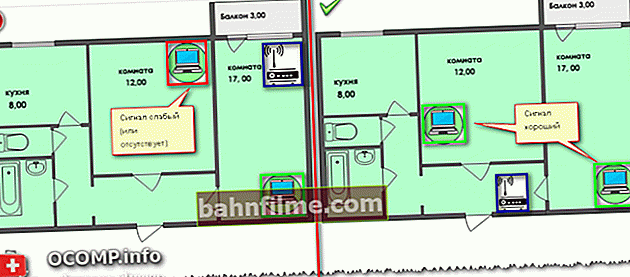
The location of the router in the apartment: on the right - the option is much more successful
In general, of course, ideally, you should have the Internet anywhere in the apartment, but in fact - this does not always happen.
If the router is in one room, you are in another, and there are two concrete walls between them, then the signal will be extremely weak, or it may be absent altogether.
Try to move the laptop closer to the router - perhaps the reason is 👌 ...
*
That's all for now.
Additions on the topic are welcome!
👋
First publication: 01/25/2017
Correction: 01/05/2020

